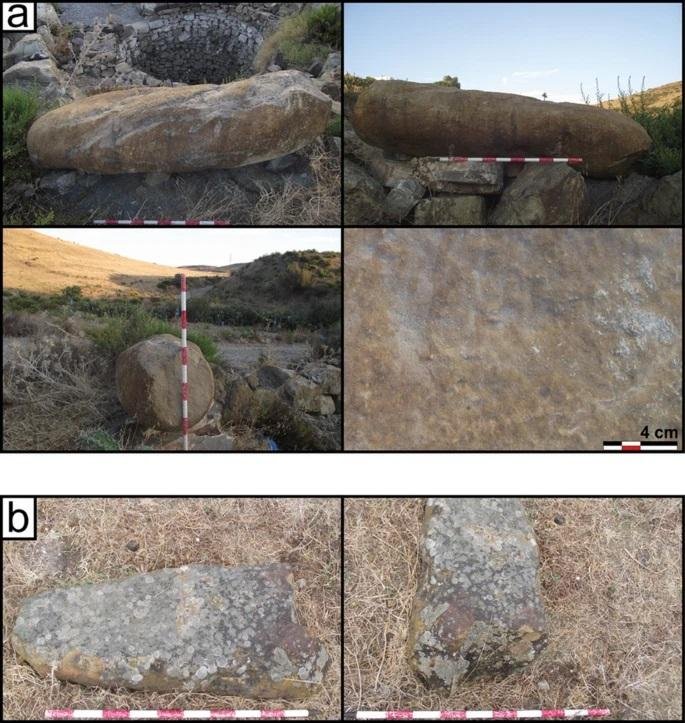Archaeologists working in Morocco’s Tangier Peninsula have uncovered a lush and previously underappreciated prehistoric landscape filled with ancient cemeteries, rock art, and standing stones that together present a complex picture of ritual life in the area between 3000 and 500 BCE.
 A newly discovered stone-lined tomb, known as a burial cist. Credit: Hamza Benattia, Afr Archaeol Rev (2025)
A newly discovered stone-lined tomb, known as a burial cist. Credit: Hamza Benattia, Afr Archaeol Rev (2025)
The finds, published recently in the African Archaeological Review, are the culmination of years of fieldwork led by researchers from the Tahadart and Kach Kouch Archaeological Projects. Located just south of the Strait of Gibraltar, the Tangier Peninsula has been a strategic crossroads between Europe and Africa and between the Atlantic and Mediterranean worlds. Such a unique geographic position would have facilitated millennia of cultural exchange, as now confirmed by the peninsula’s intricate network of burial traditions and symbolic sites.
Most significantly, three cemeteries were found, among them one containing a cist burial—a rock-cut tomb lined with stone slabs—radiocarbon dated to around 2000 BCE. This is the first such date obtained for a cist burial in northwest Africa, a significant milestone in the Early Bronze Age chronology of the region.
In addition to burials, archaeologists have found more than a dozen rock shelters with paintings, including geometric motifs like dots, squares, and wavy lines, as well as anthropomorphic figures that may represent humans or deities. At some sites, cup marks carved into the rock were arranged in deliberate patterns, and some shelters had imagery stylistically similar to rock art in the Sahara and southern Iberia, suggesting cross-cultural contacts.
 Images of the two standing stones identified in the region of Tangier. (a) Roummane; (b) Laqueleya. Credit: Hamza Benattia, Afr Archaeol Rev (2025)
Images of the two standing stones identified in the region of Tangier. (a) Roummane; (b) Laqueleya. Credit: Hamza Benattia, Afr Archaeol Rev (2025)
Standing stones, including some that exceeded 8.2 feet (2.5 meters) in height, were found in both rock art and cemetery settings. These megaliths may have served as territorial markers or held spiritual significance, and their clustering in certain locations suggests a broader symbolic and ritual landscape.
The authors argue that the diversity of burial types—pit graves, hypogea, cists, and tumuli—and the location of monuments near prehistoric crossroads reflect long-term social change and perhaps increasing territoriality among prehistoric populations. What is especially interesting is that, while cremation practices became widespread in the Mediterranean during the first millennium BCE, cist burials in Tangier appear to have persisted much longer, indicating a different cultural trajectory.
The findings contradict long-held biases in North African archaeology, which have often focused on Roman or Nilotic contexts, neglecting the region’s later prehistoric heritage. “It is a sad reality that the later prehistoric funerary and ritual landscapes of North Africa west of Egypt remain, despite extensive investigation over the past 200 years, the least widely known and understood in the Mediterranean region,” the study authors wrote.
More information: Benattia, H., Onrubia-Pintado, J. & Bokbot, Y. (2025). Cemeteries, Rock Art and Other Ritual Monuments of the Tangier Peninsula, Northwestern Africa, in Wider Trans-Regional Perspective (c. 3000–500 BC). Afr Archaeol Rev. doi:10.1007/s10437-025-09621-z





